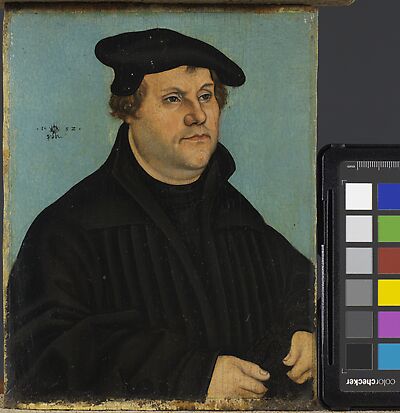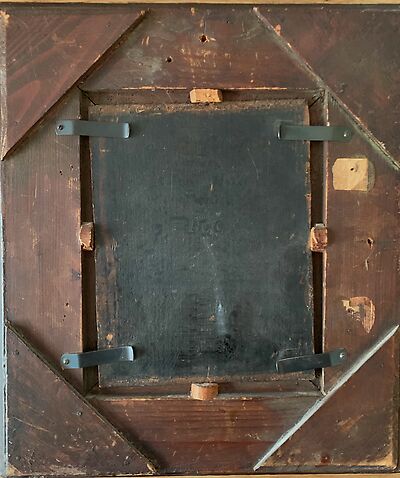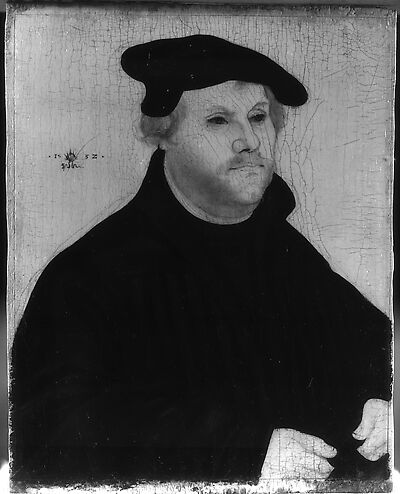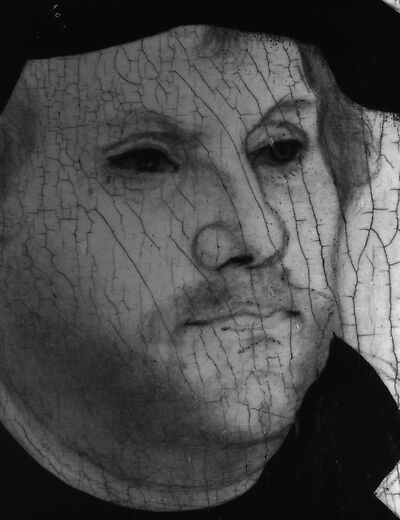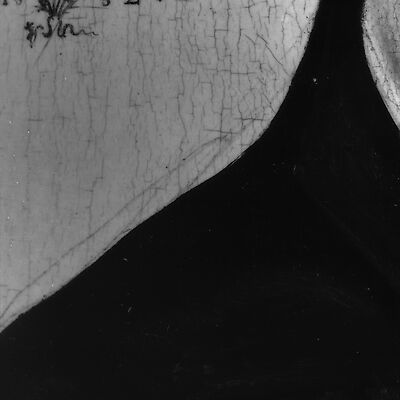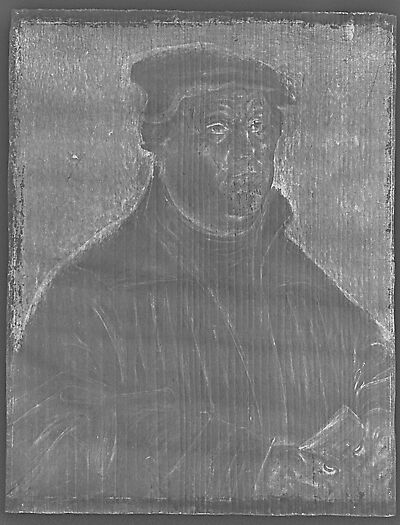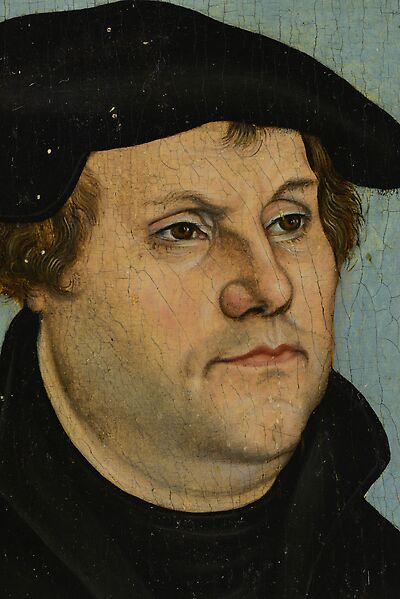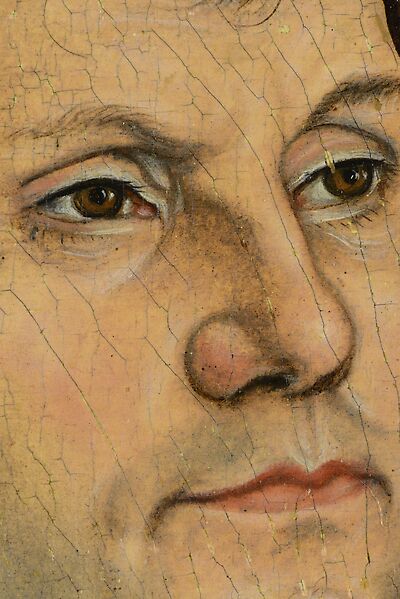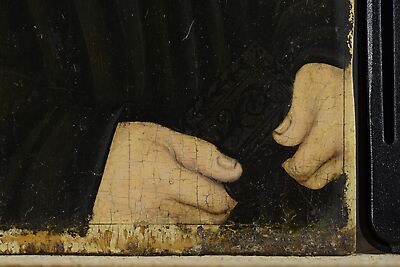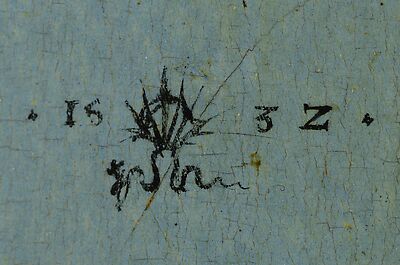- Attributions
-
Hans Cranach (?)
Workshop Lucas Cranach the Elder
Attributions
| Hans Cranach (?) | [Heydenreich, unpublished examination report, 15.05.2023] |
| Workshop Lucas Cranach the Elder | [Heydenreich, unpublished examination report, 15.05.2023] |
- Production date
- 1532
Production date
| 1532 | [dated] |
- Dimensions
- Dimensions of support: 19.1 x 14.8 cm
Dimensions
Dimensions of support: 19.1 x 14.8 cm
[Heydenreich, unpublished examination report, 15.05.2023]
- Signature / Dating
Artist's insignia at the left edge above the shoulder between the date's first and second pair of numbers: a serpent with elevated fan-like wings and fragmentary date '1532'; in black paint
Signature / Dating
Artist's insignia at the left edge above the shoulder between the date's first and second pair of numbers: a serpent with elevated fan-like wings and fragmentary date '1532'; in black paint
- Inscriptions and Labels
On the reverse of the panel: - at the centre in black paint: '18[?]10'
[Heydenreich, unpublished examination …Inscriptions and Labels
Stamps, Seals, Labels:
On the reverse of the panel: - at the centre in black paint: '18[?]10'
[Heydenreich, unpublished examination report, 15.05.2023]
- Owner
- Private Collection
- Repository
- Private Collection
- CDA ID
- PRIVATE_NONE-P589
- FR (1978) Nr.
- FR-none
- Persistent Link
- https://lucascranach.org/en/PRIVATE_NONE-P589/

